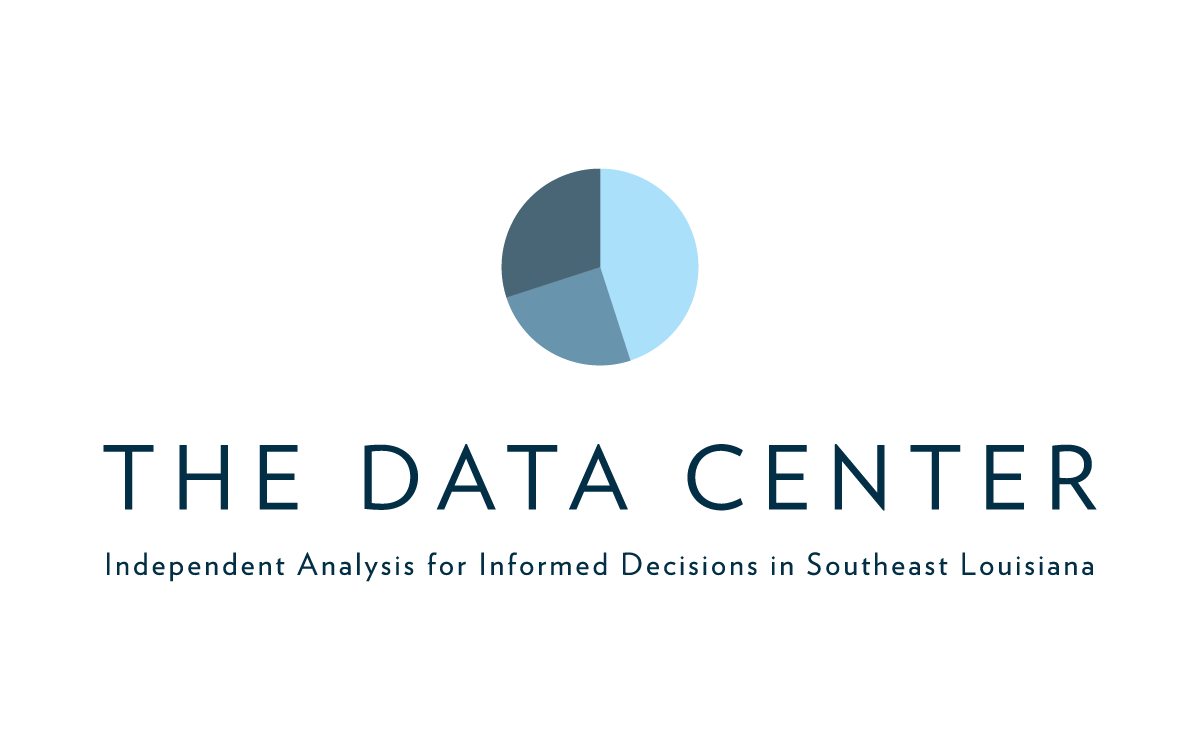Expanding Choice and Opportunity in the Housing Choice Voucher Program
Published: Jul 08, 2015
The significance of the housing voucher program in the New Orleans metro area post-Katrina cannot be overstated; the number of housing vouchers in use in Orleans Parish alone more than tripled from 2000 to 2010. Housing vouchers were a primary means of assisting households displaced by Katrina, especially following demolitions of public housing units that housed over 5,000 low-income households before the storm. In this paper, we present data regarding the use of housing vouchers by low-income renters in the pre- and post-disaster New Orleans housing markets; evaluate the subsidies’ effectiveness in increasing access to wider housing opportunity after the storm; and recommend mechanisms to increase the effectiveness of the subsidies in reducing income and racial segregation in the region.

Introduction
The Housing Choice Voucher (HCV) is the nation’s largest rental assistance program. The HCV program is administered by local public housing agencies (PHAs). Participants are responsible for finding suitable housing in the private market and must pay at least 30 percent of their monthly adjusted gross income on rent and utilities. The PHA pays a subsidy to the landlord to help cover the difference between what the tenant can afford and what the PHA considers a reasonable rent (the payment standard). The typical voucher household is very low-income at 22 percent of the area median.
Continue reading the full report [Download PDF]
Citations and sources can be found in the PDF copy of the report.

